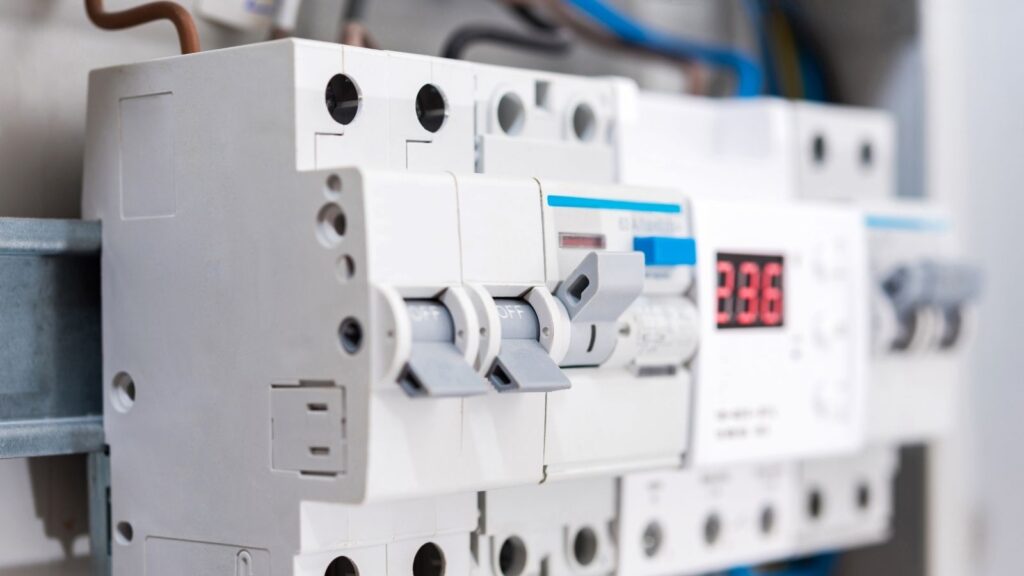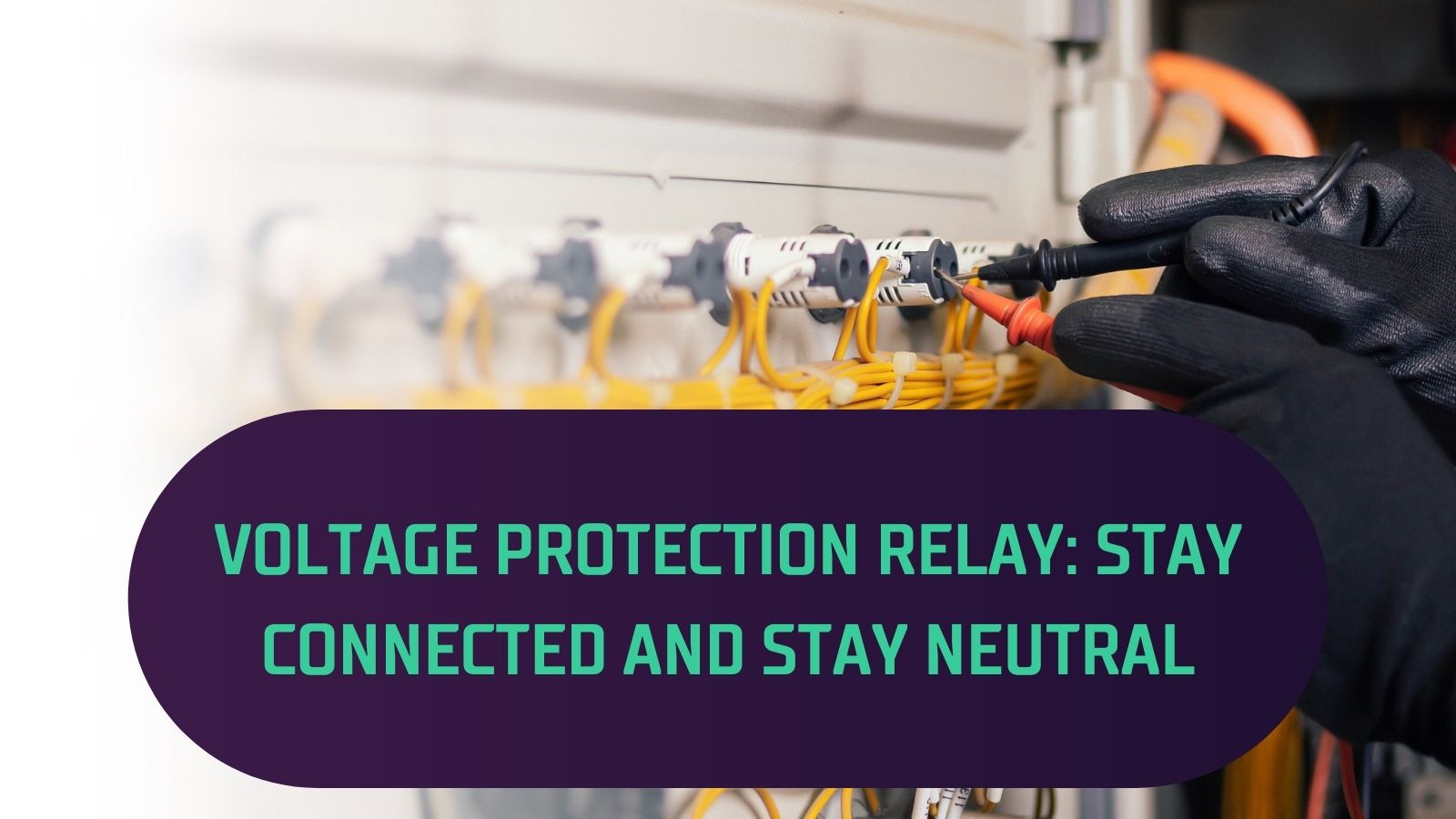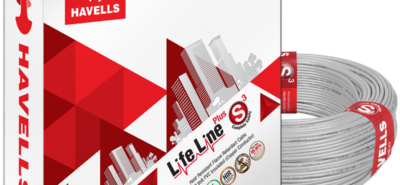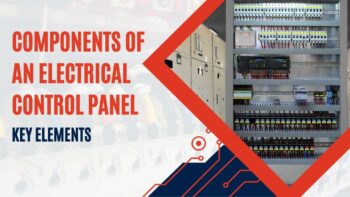Voltage Protection Relay: Stay Connected And Stay Neutral
It may not always be apparent, but the buildings and structures that we see around us and are familiar with have an extensive array of circuitry. This is especially the case for industries and factories where myriads of control equipment and machinery are running 24/7. Machines such as chiller plants, HVAC units, extrusion lines, conveyor belts and switchgear control panels (used in elevators and substations) perform multiple tasks simultaneously. It’s essential that these machines run uninterrupted and efficiently with a low margin of error.
This critical aspect is the responsibility and function of process control components, ensuring that the various micro functions and tasks are controlled and regulated. Otherwise, there is a chance that the desired output from circuits is not achieved. This can potentially result in dangerous situations such as overheating of components, resulting in sparks or fires, which can damage the equipment. Moreover, it can also cause permanent damage not only to the machines and underlying electrical network but also to human lives.
Protection relays are widely used process control equipment that helps control and regulates parameters of the electrical network such as current, phase, voltage and earth leakage current. One such minuscule but high-utility process control component is the voltage protection relay. What is the function of a voltage protection relay? How can it help your circuit stay connected and neutral? What makes it different from other relays? We will discuss these pointers briefly in the following article. Let’s dive in.
What is a voltage protection relay?
If you are not familiar with them, relays refer to electromagnetic switches that can open or close circuits. The electromagnet within the relay allows low currents to activate high currents. Various types of relays can enable the controlling of electrical instruments or protect circuits. Relays are generally used in low current devices.
A voltage protection relay is a type of relay that runs based on a preset voltage value. These are further divided into two types: under-voltage relays (UVR) and overvoltage relays (OVR). Additionally, some modern relays serve both these functions. These relays operate when the voltage across the relay’s coil reaches or drops to a specific preset value. They work as voltage protection devices to detect short circuits or sudden voltage drops. We will see in detail how each of these relays works.
Under Voltage Relays
An under voltage relay operates when the voltage across the relay’s coil drops below the preset value. Sometimes you may see it referred to as a low voltage relay. The purpose of these relays is to protect loads against sudden voltage drops that can cause power shortages or restrictions on power availability. The contacts on the relay trip the circuit breaker when the voltage drops, cutting off the circuit and powering off any connected device.

A great example of such a relay is the 3 Phase UVR Undervoltage Relay by Vertitek. This relay has a range of features, including a settable time delay and an LED indicator that states whether the status is faulty or healthy. You can expect constant reliability and high accuracy with this voltage protection relay. Additionally, the time delay allows the option for a delayed start. One can use it for various applications, including control panels, motors, generators and transformers.
Over Voltage Relays
An overvoltage relay operates when the voltage across the relay’s coil exceeds the preset value. These relays aim to protect equipment or electrical instruments from high voltages that can damage them. This usually happens when the supply voltage increases due to a defect or fault. The contacts on the relay trip the circuit breaker when the voltage exceeds, cutting off the circuit and powering off any connected device. They are generally used in devices that transfer electrical energy from one circuit to another, like a transformer. You can use a Multispan VPR-221 Voltage Protection Relay that provides over-voltage functions. In addition, it also offers over-voltage functions, phase asymmetry, phase sequences and phase loss.
Under Voltage and Over Voltage Relays
Some voltage protection relays can fulfil both under-voltage and overvoltage relay functions. There are adjustment knobs present on these relays that allow you to select both values. In this way, you can ensure that the voltage in the circuit is within a specific range. The contacts on the relay will trip the circuit breaker when the voltage exceeds the OVR value or drops below the UVR value.
One excellent example of these relays is the UVR/OVR 3 Phase Voltage Protection Relay by Rishabh Instruments. One can use it for under and overvoltage protection, alongside various other features. These features include adjusting nominal voltage, trip point and trip time delay. It also provides phase failure and unbalances protection. All faults in this relay are self-setting, and the faults over and under voltage can be disabled. This relay provides fail-safe operations and can be used for conveyor systems, the process industry and motor protection.

Installation
It is best to follow certain guidelines when installing a voltage protection relay. A qualified person should carry out the installation alongside protective equipment to avoid shocks. If you are not experienced, we recommend calling an expert, like an electrician. Ensuring the device is not exposed to environmental conditions like dust and rain is vital. Additionally, do not install the relay near a heat source or vibrations, as this can damage the relay. Ensure that there is some distance on both sides of the relay, around 10-15mm. Before connecting the relay, you should isolate the incoming supply for safety purposes.
Real Word Use-Case
As per DEWA (Dubai Electricity and Water Authority) regulations for the Dubai Building code, electrical installations such as air conditioners and related units/plants and equipment must be installed with Undervoltage (UV) relays that contain auto reset times. These relays trip the circuit breakers/contactors (other process control equipment) associated with these relays.
Diving a bit more into the technical aspects will help us understand the real-world utility of UVRs. The Electric Dubai Building Code states that – “the tripping shall occur immediately and without any intentional time delay if the supply voltage drops to or below 75% of nominal voltage and remains at or below 75% for a duration of 0.2 s. Tripping shall not occur if the supply voltage recovers above 75% within 0.2 s. The UV relay’s auto-reset timer shall have an adjustable time setting between 5 min and 10 min. The circuit breakers/contactors associated with the UV relay shall have an auto-closing facility to restore supply to the chillers/air conditioning units after normalization of supply voltage when the relay is reset automatically. The auto-closing facility shall have a motorized operation. The auto-reset timer of the UV relays shall be set at values specified in the manufacturer’s schedules, approved by DEWA, to suit individual installation. Necessary provision for sealing may be incorporated in the relay to restrict access for adjustments of the setting”.
These regulations for UVR with auto-reset timers are being reproduced and used by Ras Al Khaimah, Ajman and other Emirates due to their efficiency.
The bottom line
Voltage protection relays are essential components that can provide circuit protection for other process control components. These are vital functions since circuits tend to be quite complex and advanced. They ensure that your circuit is safe from any faults, allowing you to make a connection once the fault is dealt with safely. In essence, they are electromagnetic switches to open or close circuits depending on the voltage. There are two types of voltage protection relays over and under-voltage. Additionally, there are voltage protection relays that serve both functions. We have provided various examples that you can use alongside advice for installing them. We hope this article proves informational and allows you to use these essential components. Thank you for reading.










Leave a Reply